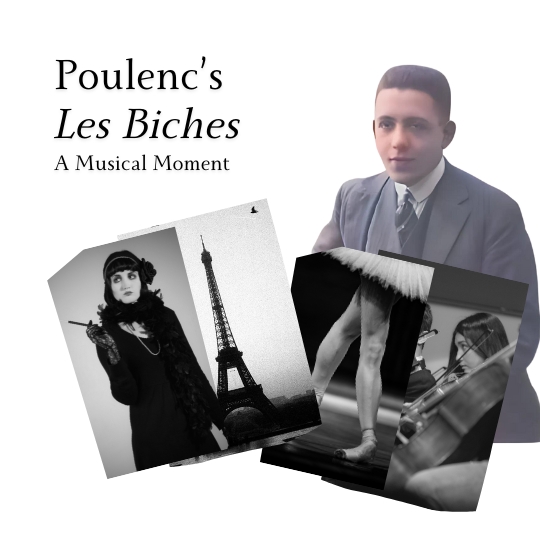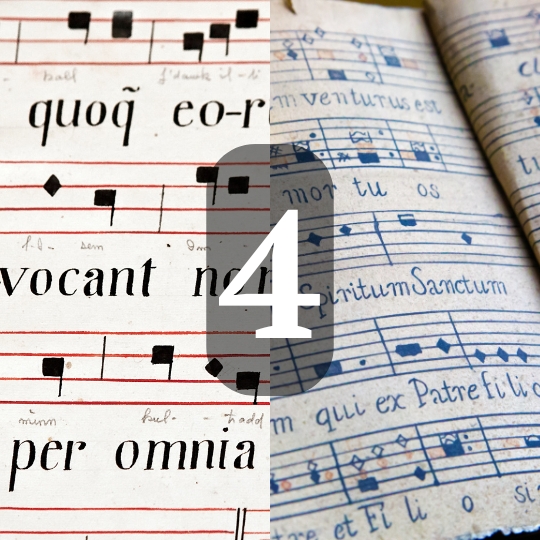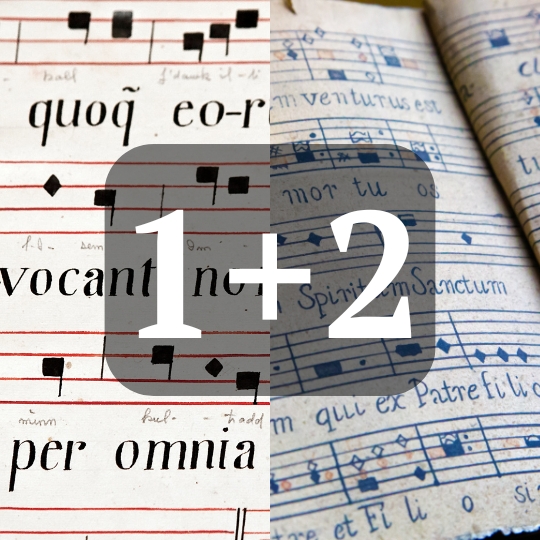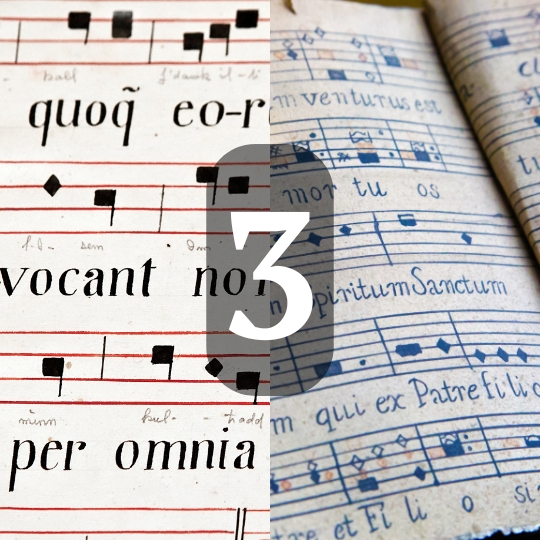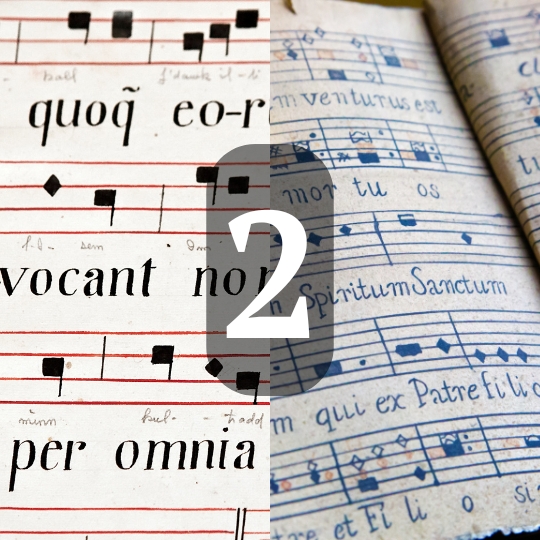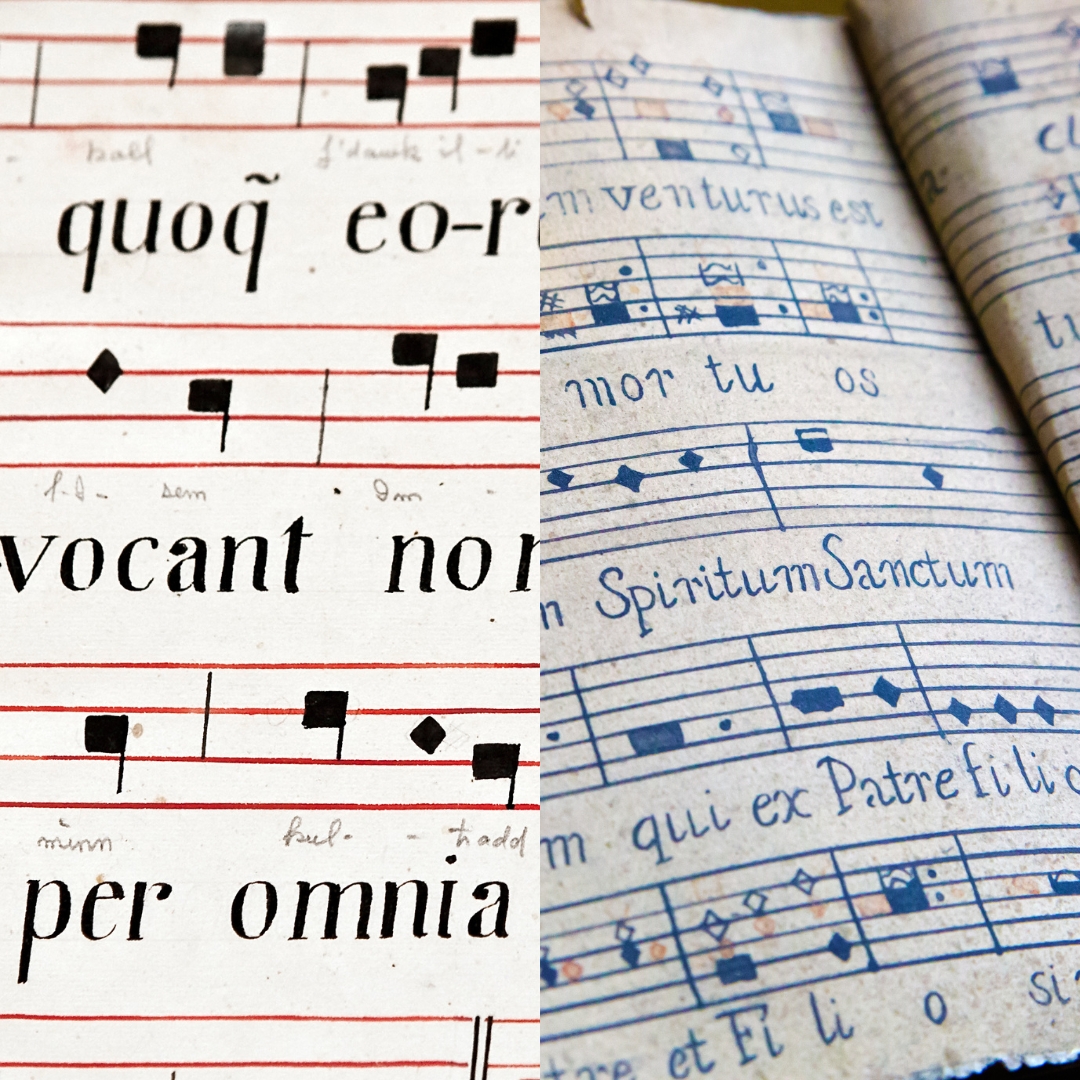Tchaikovsky’s Second Symphony, nicknamed “Little Russian”, opens with a melody presented on its own on solo french horn.
Tchaikovsky then uses this melody as his only material for the opening three to four minutes, presenting it in three full re orchestrated forms, and then several fragmented forms.
The first full version sees bassoons take up the melody with a light pizzicato string accompaniment.
Filling out, the melody is repeated again on one French Horn, with woodwind and string accompaniment.
The third full repetition is the largest orchestration and comes between two sections that fragment the melody.
This orchestration sees octave woodwinds take the theme, while violins and violas perform demisemiquaver figures, and horns and low strings provide some chordal padding.
Musical Moments is a new series where I focus on larger works—whether in orchestration, length, or complexity—and zoom in on small sections …
Fourth Species Counterpoint is a type of music composition that focuses on creating counterpoint through suspension and syncopation, which means that notes …
Combining 1st and 2nd species counterpoint is where we truly start to unlock counterpoint’s potential as a tool for enhancing our composition …
Continuing from the foundational work in first and second species, third species counterpoint introduces a more intricate rhythmic structure by pairing four …
Continuing our study of species counterpoint from last week, where we looked at counterpoint in the first order / first species, this …
First species counterpoint, often referred to as “note against note” counterpoint, is the foundation of contrapuntal composition. It (First Species Counterpoint) involves …


